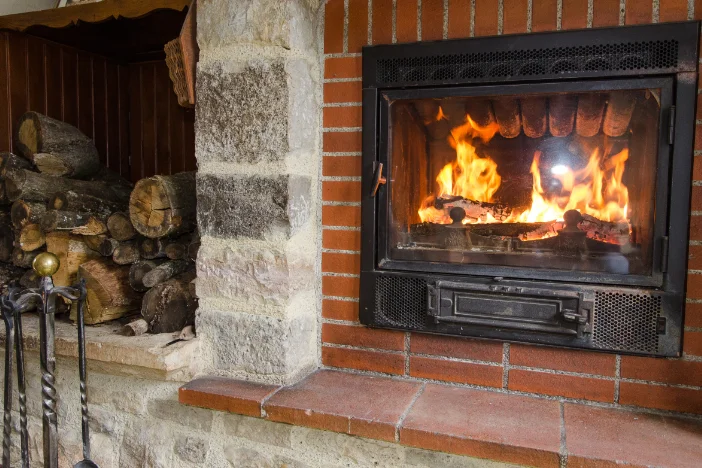
Traditional fireplace inserts that burn wood
The first fuel we’re going to cover in our guide is wood. As the name suggests, wood-burning inserts use wood as fuel to generate heat. These inserts are designed to burn more efficiently and produce less smoke than traditional fireplaces with open hearths. Some models feature programmable thermostats to maintain consistent room temperature. Others have adjustable blowers that can help circulate warm air throughout your room. Wood-burning inserts, in particular, could be a great fireplace option.
Wood-burning fireplace inserts can be fitted into a firebox and framed neatly within an existing hearth. They provide an eco-friendly alternative to traditional fireplaces by converting them into efficient heating systems reducing overall heating costs. These inserts are designed to fit into most existing masonry fireplaces. They come in many sizes and styles to suit your preferences and maximize heating efficiency.
EPA certified
Most wood-burning fireplace inserts are EPA-certified. This means they have been tested and approved to meet strict emission standards set by the Environmental Protection Agency. This results in efficient and responsible wood burning that produces less pollution than traditional fireplaces. They produce high heating efficiencies, similar to bio-ethanol inserts.
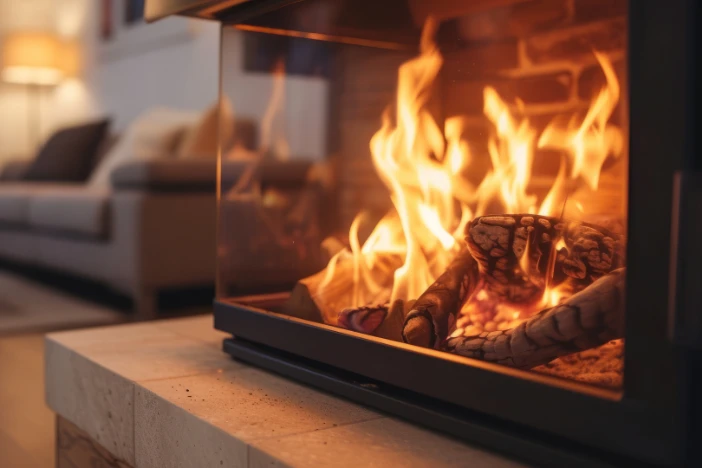
Three-stage combustion burn technology
Many wood-burning inserts feature three-stage combustion burn technology. This uses a series of air intakes to optimize combustion for a hotter and more complete burn. This innovative framing of the burn process results in higher temperatures and limited emissions that are better for the environment.
Regular maintenance needed
Wood-burning inserts require regular cleaning and maintenance. However, they provide a cost-effective alternative to traditional heating methods in the long run. Like bio-ethanol counterparts, they can last generations with proper care and attention. They provide unmatched performance and style within their sturdy framework.
Helpful Article
Read our article Fire Pit Fuel Types – Pros & Cons for more information on wood and other fuel types for fireplace inserts.
Wood-burning insert sustainability
Wood-burning inserts are one of the most sustainable options since wood is renewable and carbon-neutral when sustainably harvested. Three-stage combustion burn technology in wood inserts results in a higher-temperature burn and limited emissions.
Think of it like this: burning sustainably harvested wood is like eating fruit from your tree. It’s satisfying and has a low environmental impact. In contrast, burning non-renewable resources like natural gas or propane is like eating fast food daily. It may be convenient, but it’s not sustainable in the long run.
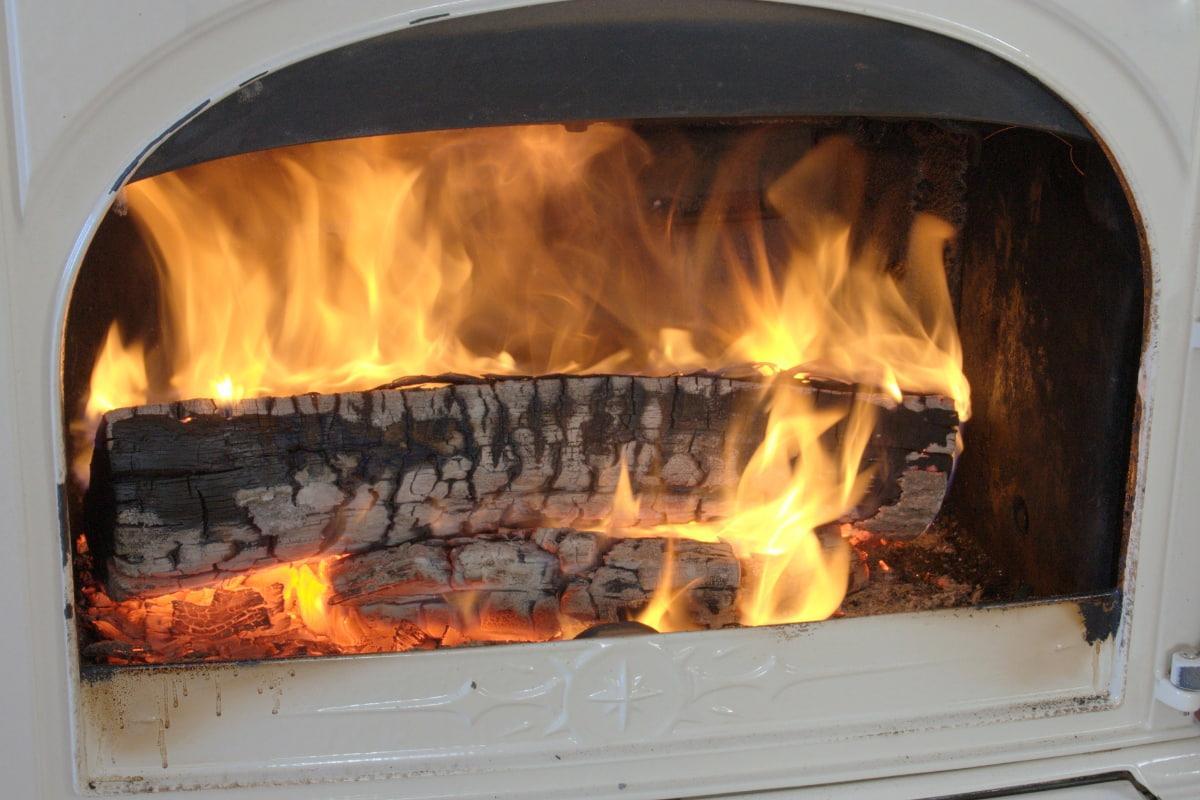
When should you choose wood?
A wood-burning insert may be right if you’re looking for a traditional feel and the crackling sound of logs burning. These fireplace inserts use wood as fuel and offer high heat output. One advantage of wood-burning inserts is they can be a cost-effective heating option if free or low-cost firewood is accessible.
On the other hand, without easy access to firewood, it can be expensive to purchase in large quantities. Also on the downside, they produce smoke that needs to be vented. Residual ash and soot need to be cleaned up regularly, too. They’re also harder to control and have sparks and flying embers.
Fireplace inserts burn fuels other than wood
Wood is certainly one of the most popular fuels for firebox inserts. However, others merit consideration. We recommend reading the next section in our guide covering gas fireplace inserts for additional insight.

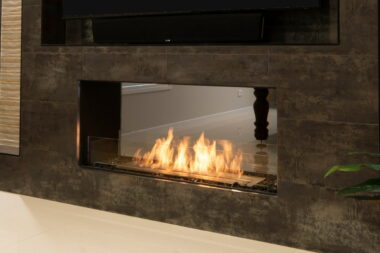
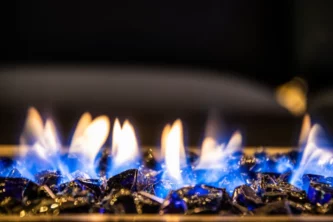
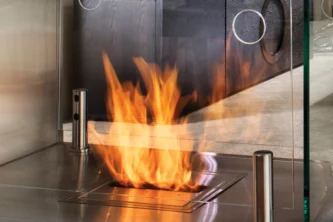

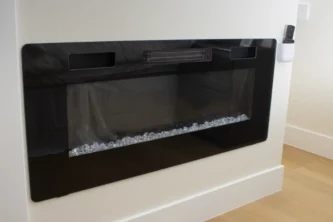
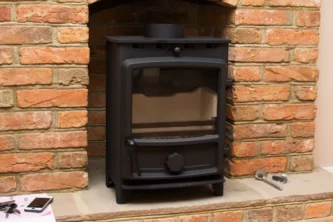




Leave a Reply